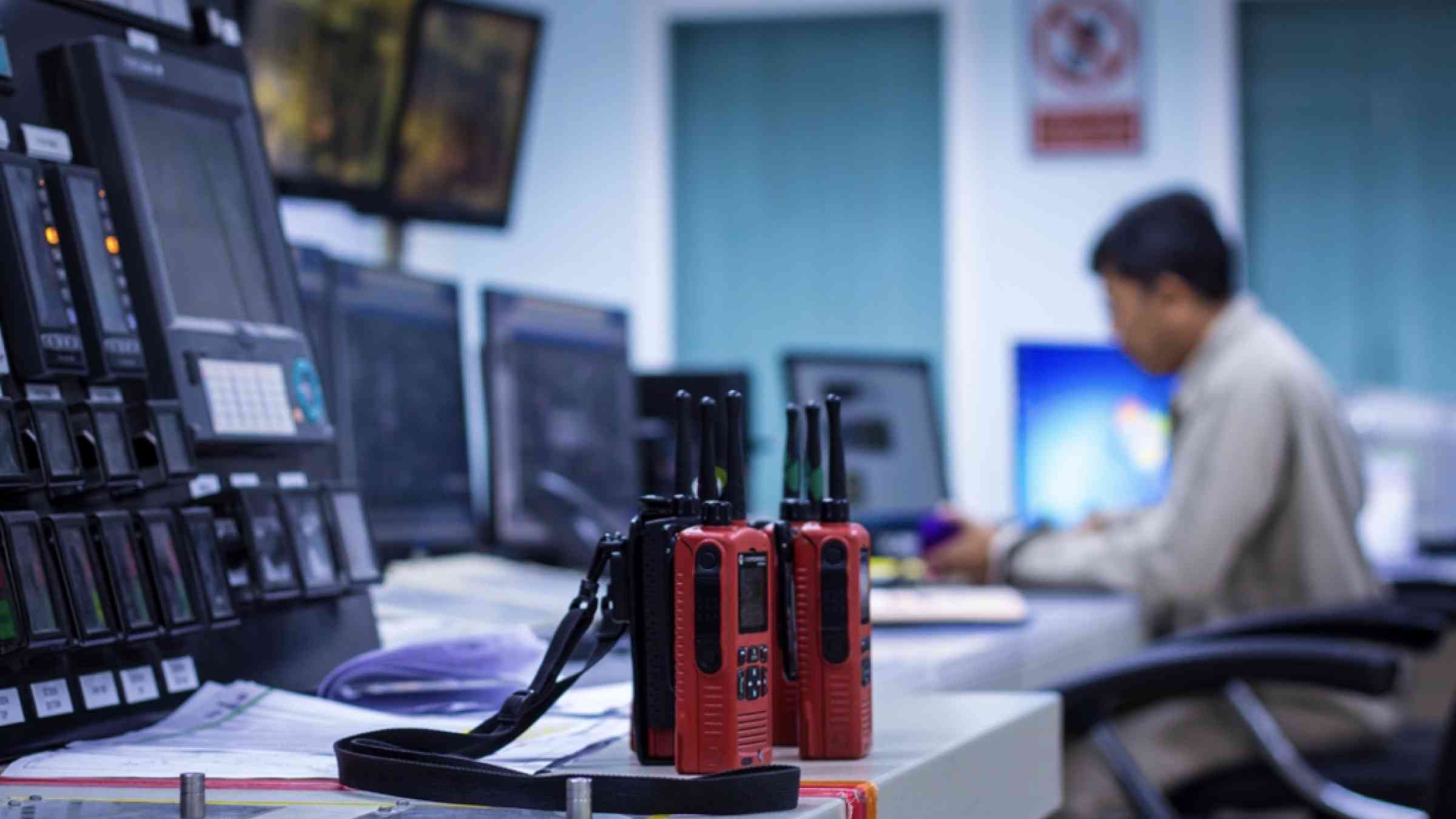MHEWC-III Status, gaps and ways forward - Thematic perspective: Warning communication and dissemination
Session objectives
Early warning systems (EWS) seek to provide timely and actionable information to the public as well as to others involved in responding to an emergency, to help save lives and livelihoods in emergency situations and avoid situations escalating into disasters. Strong growth in information and communication technology networks and services and digital applications are increasing the number of communication platforms and channels and opening up new opportunities to reach communities at risk.
Sending the same alerting message over multiple platforms, including different digital platforms, increases coverage and impact, and avoids confusion, especially when a standardized alerting format, such as CAP, is used. Alerts can be sent using different channels such as broadcasting - TV and public radio - , online platforms, including social media and applications, fixed services, and sirens. A wide variety of channels will increase the likelihood of reaching people with different needs, including in terms of literacy levels, geographic location, and communication preferences.
This session will focus on the use of digital networks, services and applications, and highlight that with growing availability and reach of mobile cellular services, it is possible to reach an increasingly large amount of people when disaster strikes. It will highlight some specific use cases and look at the example of Europe, where specific regulation on using mobile technologies in disseminating warnings, were developed. EECC Article 110 ensures that by June 2022, all EU countries have a public warning system that is able send out alerts by providers of mobile number-based interpersonal communications services to end-users concerned.
Expected outcomes
-
Highlight the opportunities of growing digital networks and services for developing an effective early warning system and reaching communities at risk
-
Sharing good practices of using mobile networks and technologies to send alerting messages, including location-based technologies, such as location-based SMS or Cell Broadcast (CB).
-
Demonstrate the importance for governments and public warning authorities to work with mobile network operators and private sector actors in developing national early-warning systems.
-
Highlight the importance of using multiple communication channels and platforms to increase coverage and impact, and avoid confusion by using a standardized alerting format, such as CAP.
Documents
Learn more
The First Multi-Hazard Early Warning Conference (MHEWC-I): Saving Lives, Reducing Losses was organized by IN-MHEWS and took place on the 22nd and 23rd of May 2017 in Cancún, Mexico, as a pre-event to the Fifth Session of the Global Platform for Disaster Risk Reduction in 2017 (GP2017). The Second Multi-Hazard Early Warning Conference (MHEWC-II) took place on the 13th and 14th of May 2019 as a pre-event to the Sixth Session of the Global Platform for Disaster Risk Reduction (GP2019) at the Headquarters of the World Meteorological Organization (WMO) in Geneva.
Building on the progress and achievements of the first two conferences, the Third Multi-Hazard Early Warning Conference (MHEWC-III) is planned to take place 21-22 May 2022 at Bali Nusa Dua Convention Center, Bali, Indonesia. MHEWC-III provides a unique opportunity to review key accomplishments, share skills, experience, and expertise within an active MHEWS network. Attendees will exchange and explore how the community can scale efforts in MHEWS implementation to better deliver on the aspirations of MHEWS the Sendai Framework, Paris Agreement, and Sustainable Development Goals. Moreover, practical training opportunities to support and enhance understanding and utilization of key advances in science will be organized. Training is envisioned to include modules on artificial intelligence, new data sources/information, communication standards / technologies, monitoring and evaluation to track the effectiveness of MHEWS.

Agenda
Location
BICC First Floor
Online access
Participation
Open to those registered for the conferenceInterpretation
FR, ESDetails
Contact
On behalf of the co-chairs of IN-MHEWS (UNOOSA/ UN-SPIDER and WMO), mhew3@wmo.int